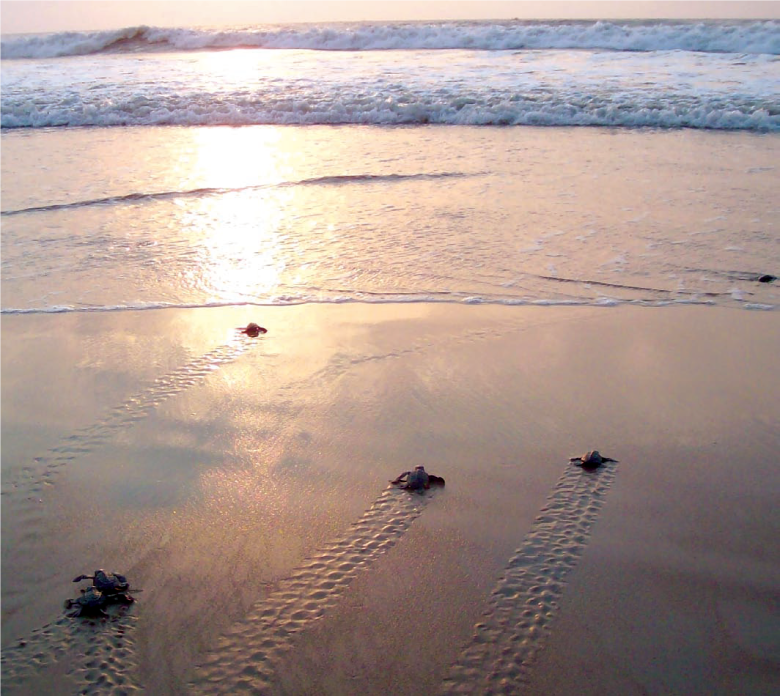
Ensuring the conservation of Olive Ridley turtles: a case study of how development and conservation can co-exist
The story of Dhamra Port is the story of a major corporation and a global environmental organization working together to ensure that the construction of a large deep-sea industrial port in India would not harm a significant population of endangered sea turtles. From a development perspective, the site was perfect. However, from a conservation perspective there were questions about its location close to one of the world’s largest nesting site of the Olive Ridley turtle, protected under Indian law. The collaboration between DPCL-Dhamra Port Company Limited (then a joint venture between Tata Steel and L&T) and IUCN shows that development and conservation can co-exist, and that there are ways to develop in a responsible manner that meets both the needs of people and the needs of nature. Lessons learned from this partnership can be applied to other projects that will have similar positive outcomes for people and for nature.

